For savvy investors seeking high-growth potential, the Russian market has long been a subject of strategic consideration. While often perceived as complex, the Russian tile and ceramic sector, in particular, stands out as a vibrant and largely untapped arena for significant returns. Driven by a resilient construction industry, a vast and evolving consumer base, and a growing appetite for innovative materials, this market offers a compelling narrative of opportunity for those who understand its dynamics.
This guide is designed for the strategic investor—the one who looks beyond the headlines and sees the fundamental drivers of growth. We will meticulously explore the “golden opportunities” that exist within this market, from direct manufacturing to leveraging the digital frontier. By providing a clear roadmap of actionable insights, this article will help you understand where to invest, what to consider, and how to navigate the challenges to unlock the full potential of the Russian tile and ceramic market.
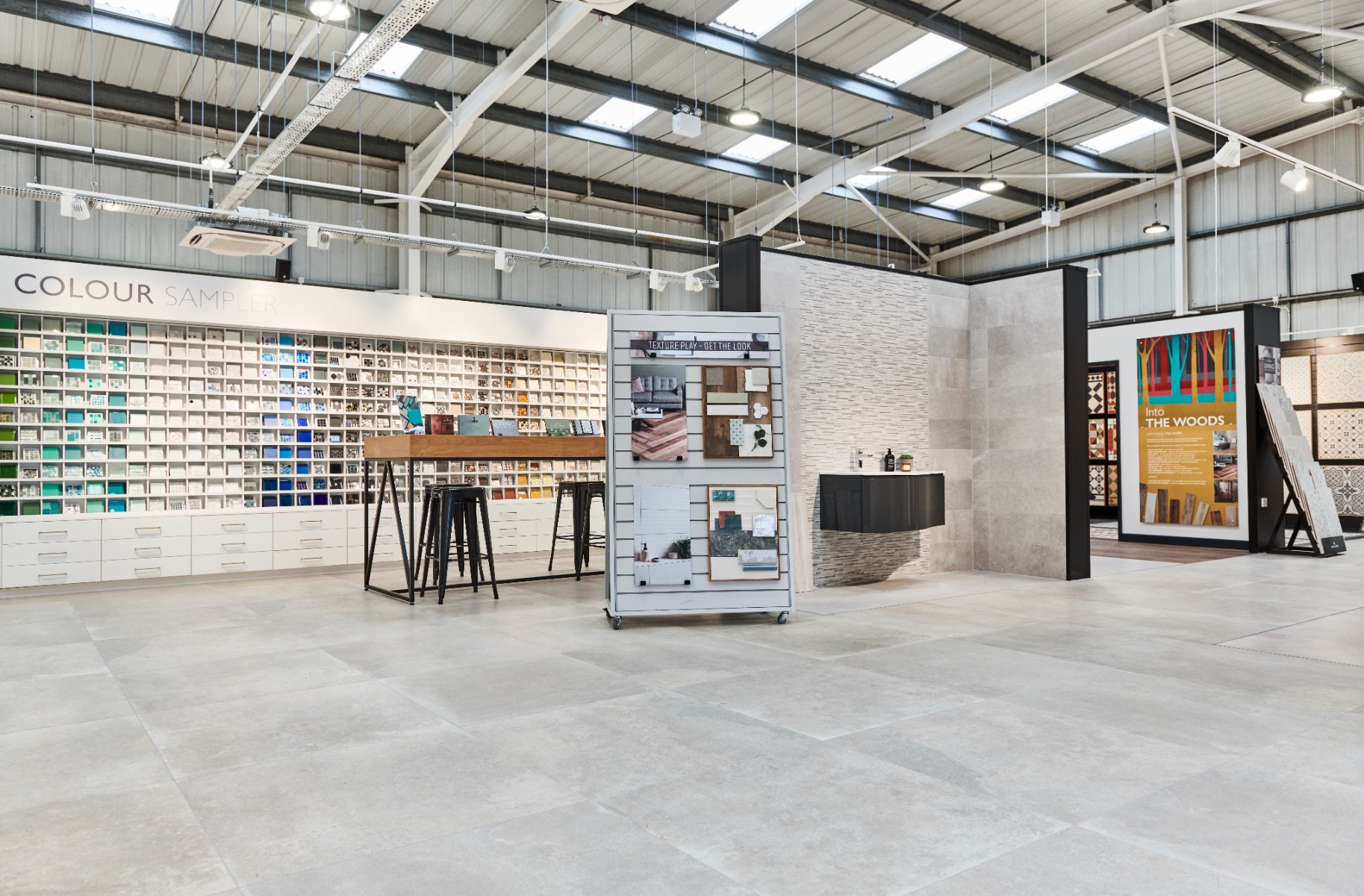
Part 1: The Foundations of Opportunity—Why Russia?
Before diving into the “how,” it is crucial to understand the “why.” Investing in the Russian tile and ceramic market is not just a gamble; it’s a strategic move backed by robust market fundamentals.
A Resilient and Growing Construction Sector
The foundation of any building materials market is its construction industry, and Russia’s has shown remarkable resilience and steady growth. Fuelled by large-scale government housing programs, accessible mortgage rates, and a continuous need for modern infrastructure, new residential and commercial construction projects are a constant source of demand. This new build segment, in particular, creates a predictable and high-volume requirement for both basic and premium ceramic products. For an investor, this represents a stable baseline of demand that mitigates risk and ensures a consistent market.
Evolving Consumer Preferences: The Shift to Quality and Design
A significant and often overlooked driver is the transformation of the Russian consumer. As disposable income has grown, there has been a noticeable shift from a purely utilitarian mindset to one that values aesthetics, quality, and design. The modern Russian homeowner is increasingly educated about global design trends and is willing to invest in high-quality tiles that reflect a contemporary lifestyle. This evolving preference creates lucrative opportunities for investors to supply premium products that command higher margins, particularly in segments like large-format porcelain stoneware and unique decorative tiles.
A Market Ripe for Strategic Innovation
Despite its size, the Russian tile and ceramic market still has gaps. While domestic manufacturers have become highly competitive in the mid-range segment, the market for highly specialized or luxury products remains largely served by imports. This creates a prime opportunity for investors who can introduce new technologies, innovative designs, or specialized materials. Whether through direct investment in new factories or by creating sophisticated import and distribution networks, the market rewards those who bring genuine innovation and unique value propositions.
Part 2: Strategic Investment Avenues—Finding Your Niche
The Russian tile and ceramic market offers multiple entry points for investors. The key to success lies in identifying the avenue that best aligns with your capital, expertise, and long-term vision.
A. Direct Investment in Manufacturing and Production
For investors with significant capital and a long-term outlook, direct investment in production facilities is a powerful strategy. This can take several forms:
- Acquisition or Modernization: Investing in existing Russian factories allows for quick market entry and leverages an established workforce and distribution network. This can be a highly effective way to introduce new technology or improve efficiency without building from the ground up.
- Building a New Factory: A greenfield investment provides complete control over technology, production processes, and product quality. This strategy is ideal for introducing a new product line (e.g., highly specialized tiles) or targeting a specific, high-end market segment that requires precision and consistent quality.
- Advantages: This approach offers full control over the supply chain, potential for high-profit margins through economies of scale, and the ability to establish a strong, localized brand.
- Considerations: It requires substantial capital, navigating regulatory hurdles, and building a local team with deep industry knowledge.
B. Capitalizing on the Import/Distribution Network
For investors who prefer a more asset-light model, becoming a key importer and distributor is an exceptionally viable option. This strategy leverages the established reputation of international brands and the growing demand for diverse product portfolios.
- Premium Segment Focus: Partnering with high-end brands from Italy, Spain, or Germany allows you to tap into the lucrative market for luxury residential and commercial projects. This requires a strong understanding of design trends and the ability to cultivate relationships with architects and interior designers.
- Mass Market Focus: Importing high-volume, cost-effective products from countries like China or Turkey can position you as a key supplier to large retail chains and construction companies. Success in this segment hinges on supply chain efficiency and competitive pricing.
- Advantages: This model offers faster market entry, lower initial capital outlay compared to manufacturing, and a flexible product portfolio that can be quickly adapted to market trends.
- Considerations: It is highly sensitive to currency fluctuations and requires a robust logistics network and a deep understanding of import regulations.
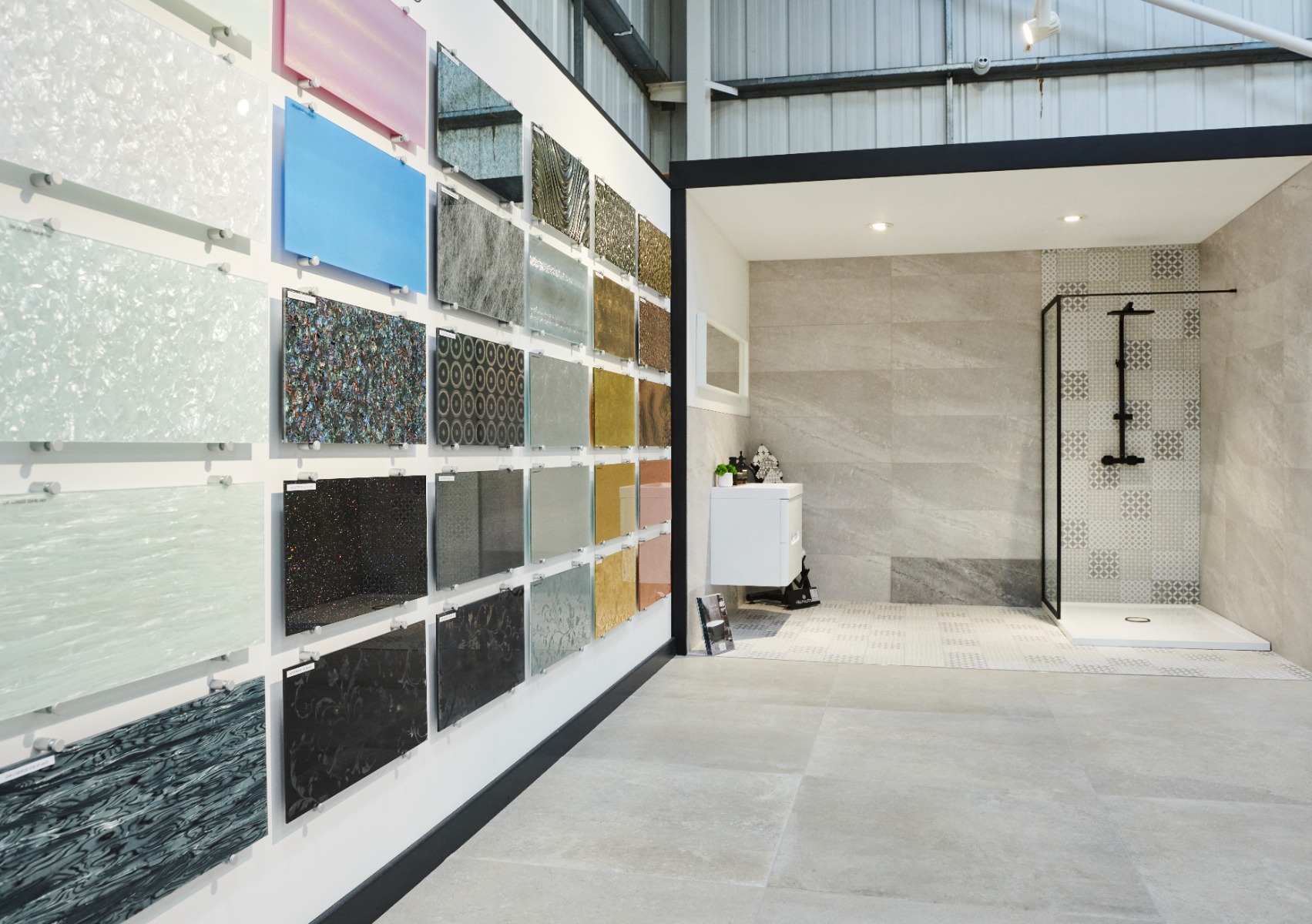
C. The Digital Frontier: E-commerce and Online Retail
The Russian e-commerce sector is experiencing explosive growth, and the tile market is no exception. While tiles are traditionally a “touch-and-feel” product, modern technology and consumer behavior are changing the landscape.
- Building a Specialized Online Store: An investor can create a dedicated e-commerce platform that offers a curated selection of tiles, complete with high-resolution images, virtual showrooms, and design visualization tools. This model is perfect for reaching a new generation of tech-savvy consumers and capturing the growing demand for convenient online shopping.
- Leveraging Online Marketplaces: Partnering with established marketplaces like Ozon, Wildberries, or Yandex.Market allows for immediate access to a vast customer base without the need to build a platform from scratch.
- Advantages: Lower operational costs, scalability, and the ability to reach customers across Russia’s vast geography without needing a physical presence in every city.
- Considerations: High competition in the digital space, the need for robust last-mile logistics, and the challenge of managing customer expectations for a product that is often inspected physically before purchase.
Part 3: Navigating the Landscape—A Practical Guide
Successful investment in Russia requires a comprehensive understanding of the operational realities. Here are some key steps and considerations for any strategic investor.
Market Entry Strategies and Partnerships
- Joint Ventures (JVs): Partnering with an existing Russian company can provide invaluable local expertise, an established network of contacts, and a faster path to market. A JV can help mitigate risks by sharing capital and leveraging local knowledge of regulations and business practices.
- Independent Operations: Establishing a fully owned subsidiary offers complete control but requires a significant investment in building a local team, navigating the legal framework, and establishing a brand from scratch.
- Legal and Regulatory Framework: While the business environment has become more streamlined, it is crucial to engage with local legal experts to ensure compliance with all business, tax, and customs regulations.
Building a Strong Distribution and Sales Network
Russia’s immense size makes a well-planned distribution network the backbone of any successful tile business. Investors must consider:
- Geographic Focus: Should you target major metropolitan areas like Moscow and St. Petersburg first, or should you build a presence in high-growth regional hubs like Kazan and Novosibirsk?
- Channel Mix: A successful strategy often involves a mix of large retail chains, independent distributors, specialized showrooms for designers and architects, and a strong online presence.
- Logistics: Investing in modern warehousing and efficient transportation logistics is key to ensuring products reach customers in a timely and cost-effective manner.
Part 4: Mitigating Risks and Maximizing Returns
No investment is without risk. By understanding and proactively managing potential challenges, an investor can significantly increase their chances of success.
Economic and Geopolitical Factors
The Russian economy is susceptible to global commodity prices and geopolitical tensions.
- Currency Risk: The volatility of the ruble can significantly affect the profitability of imported goods. This can be managed through currency hedging strategies or by focusing on products with a high local production component.
- Market Fluctuations: While the construction sector is resilient, it is not immune to economic downturns. A diversified product portfolio that serves both the premium and mass-market segments can help cushion against market shifts.
Competitive Pressures
- Domestic vs. Foreign Competition: Investors must have a clear value proposition. If you are importing, focus on unique designs and quality. If you are manufacturing locally, focus on cost efficiency and local-specific designs.
- Pricing Strategy: A well-defined pricing strategy is essential. Avoid a race to the bottom on price. Instead, compete on value, brand, and customer service.

Conclusion: The Outlook for a Lucrative Future
The Russian tile and ceramic market represents a strategic and largely untapped opportunity for investors with foresight and a willingness to engage. The fundamental drivers of growth—a robust construction sector, a vast and evolving consumer base, and a growing demand for innovation—create a compelling environment for investment.
Whether you choose to enter the market through direct manufacturing, strategic importation, or by leveraging the digital frontier, the potential for significant returns is clear. While challenges exist, they are manageable with a well-planned strategy, a focus on understanding the local market, and a long-term vision. The Russian tile and ceramic market is not just a place to do business; it is a landscape of golden opportunities waiting to be unlocked.
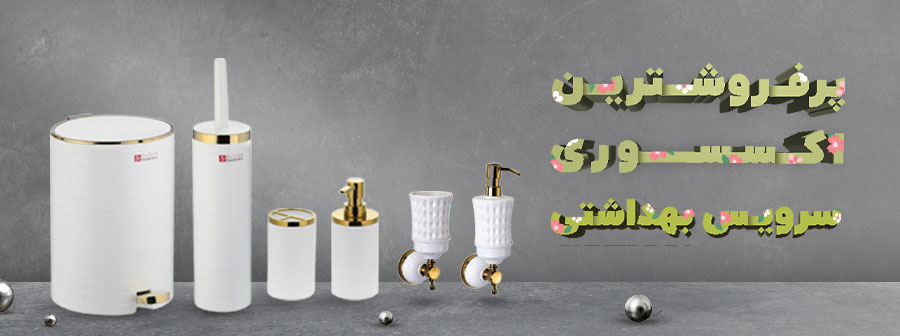
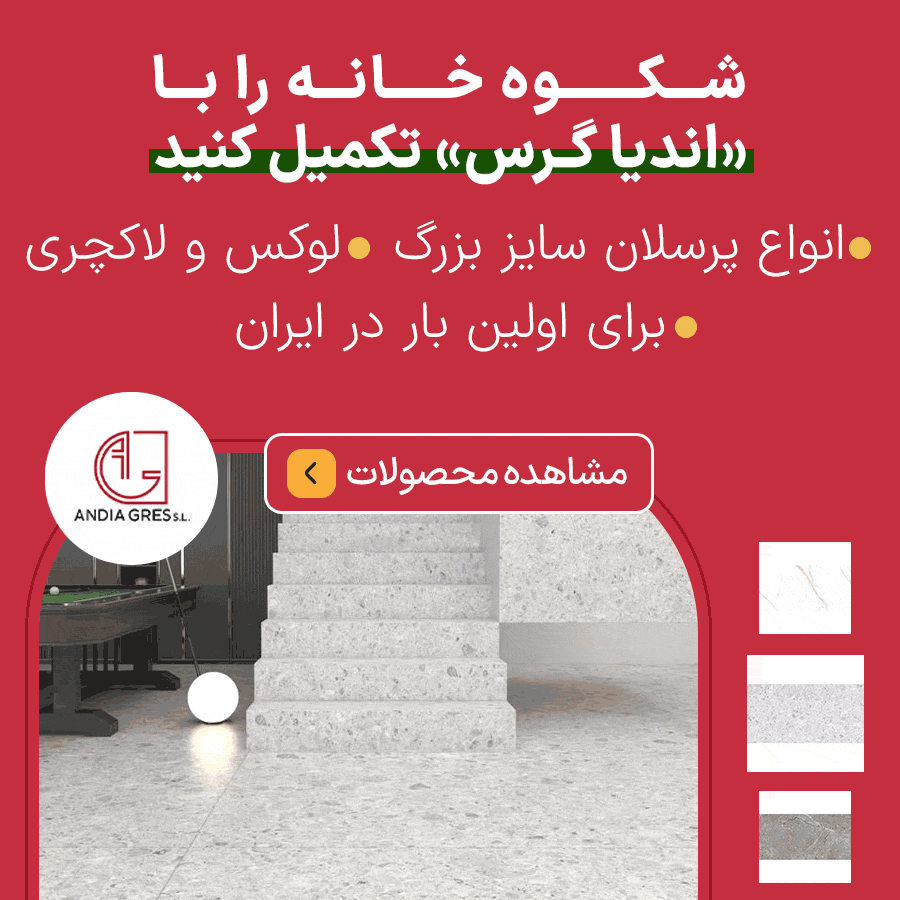
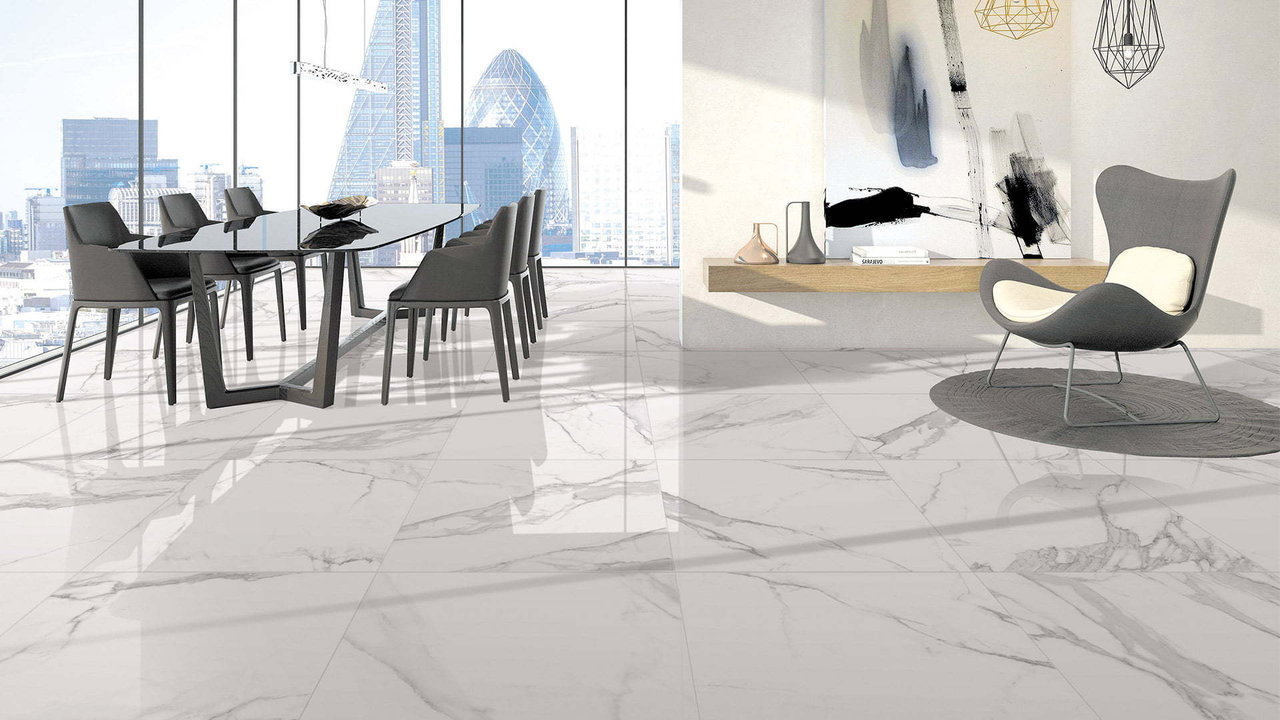
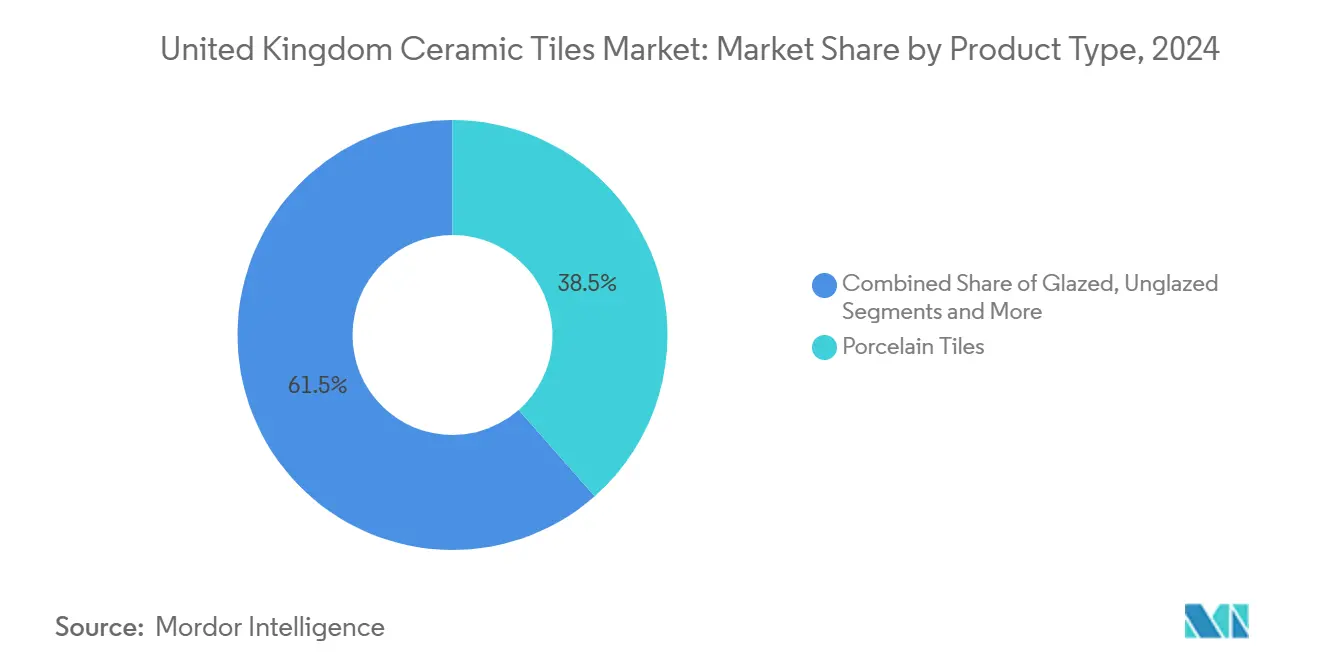
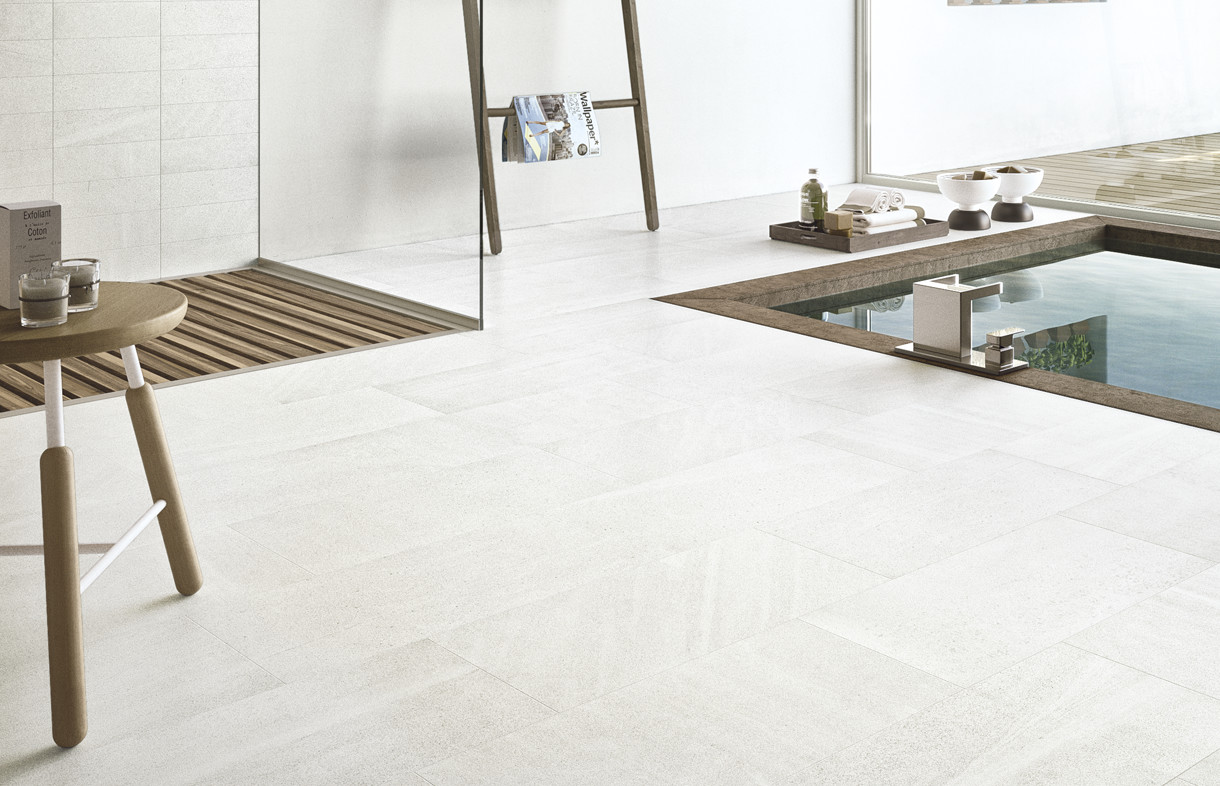

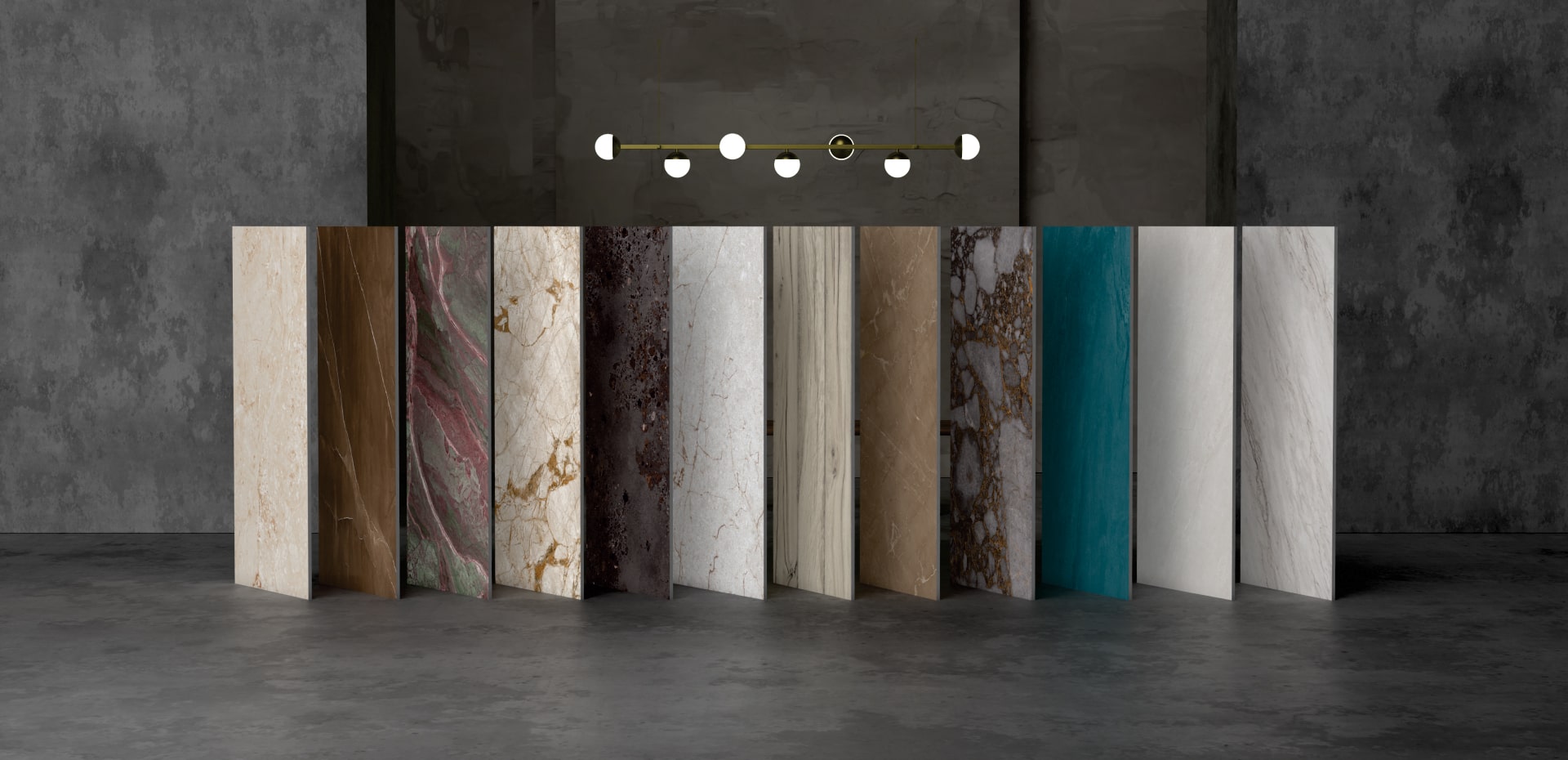
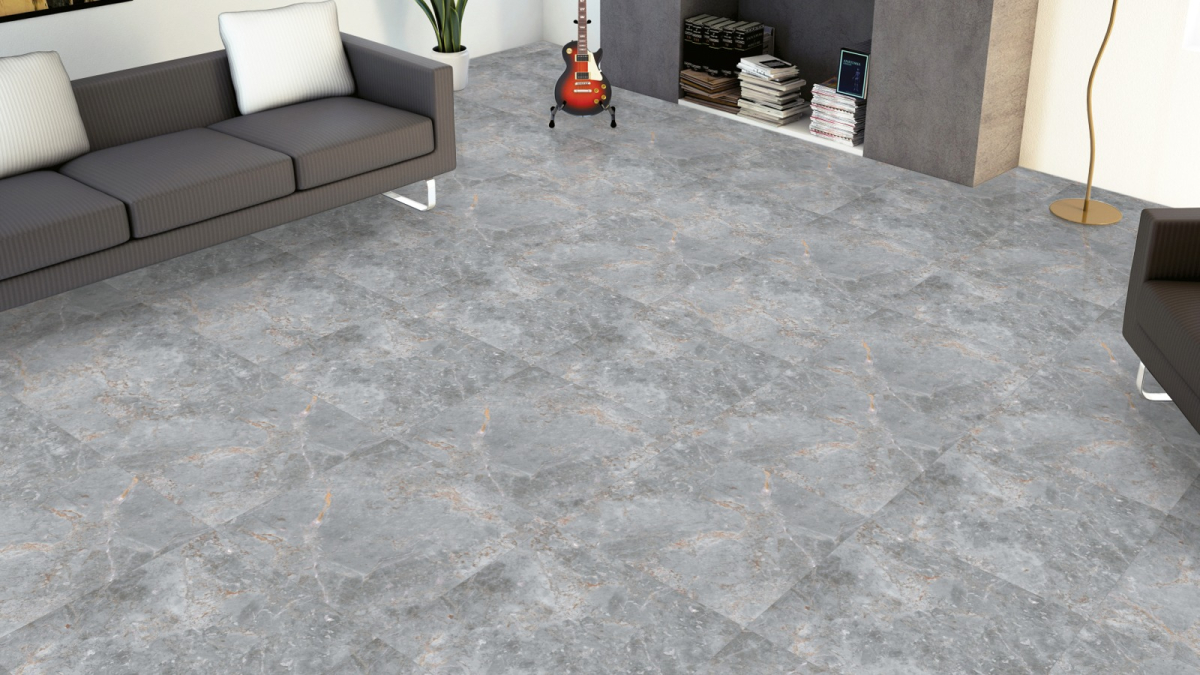
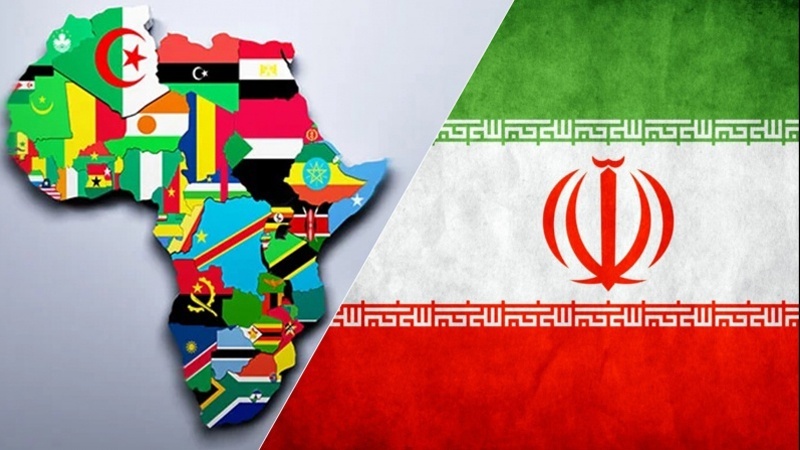
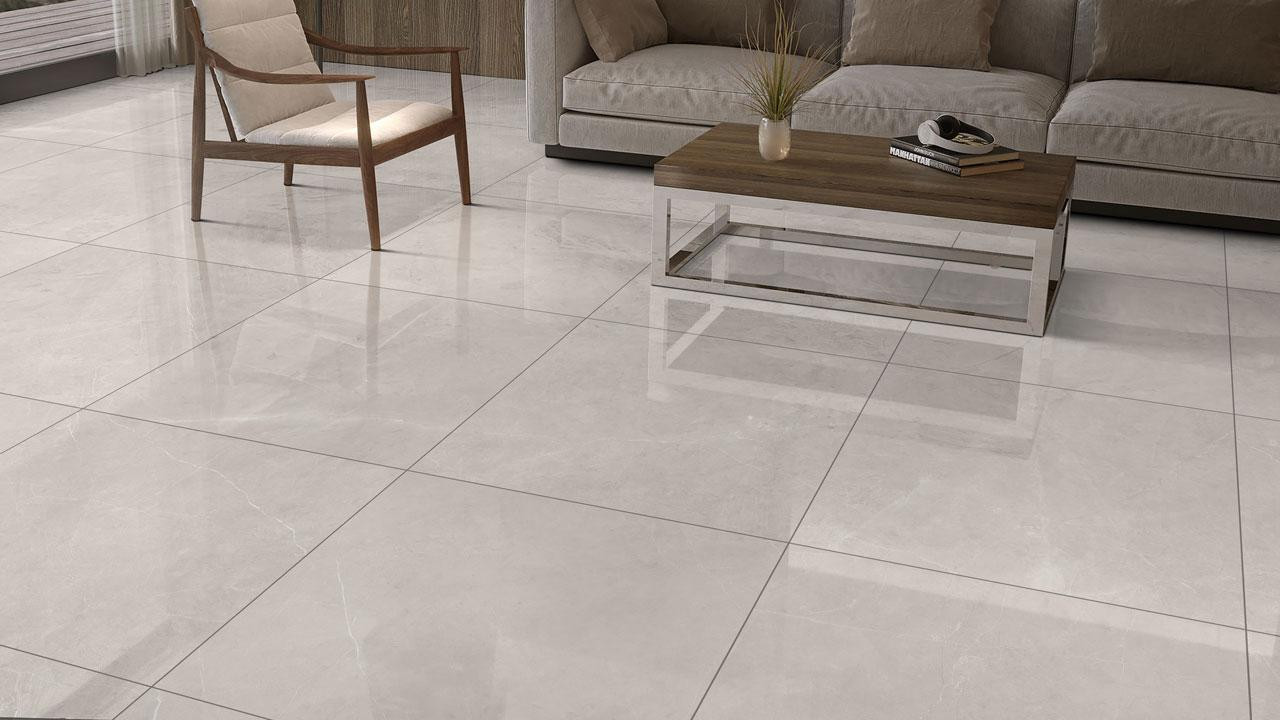
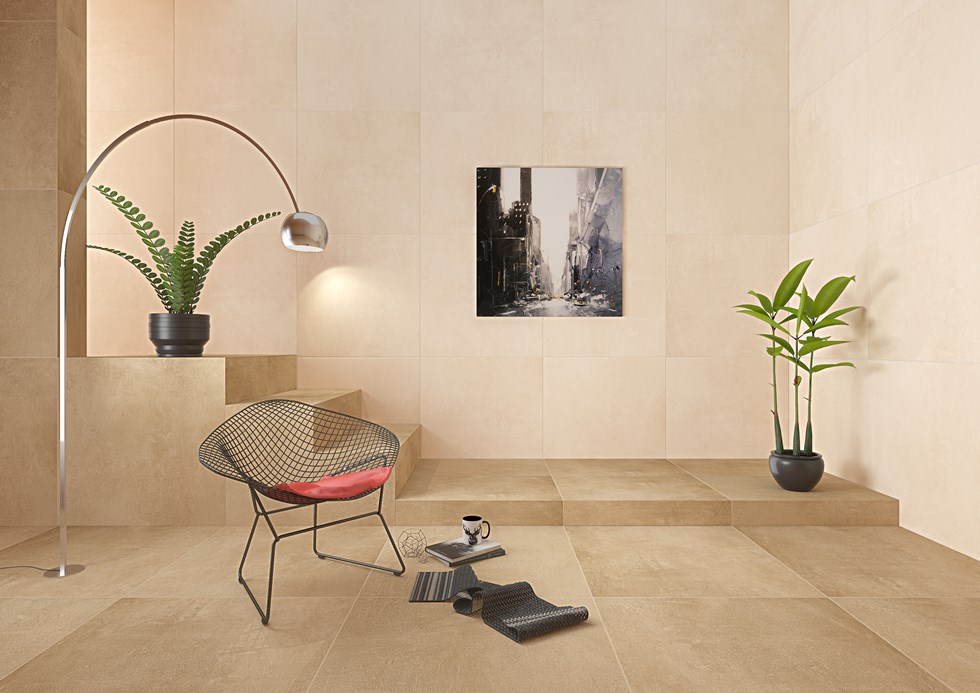
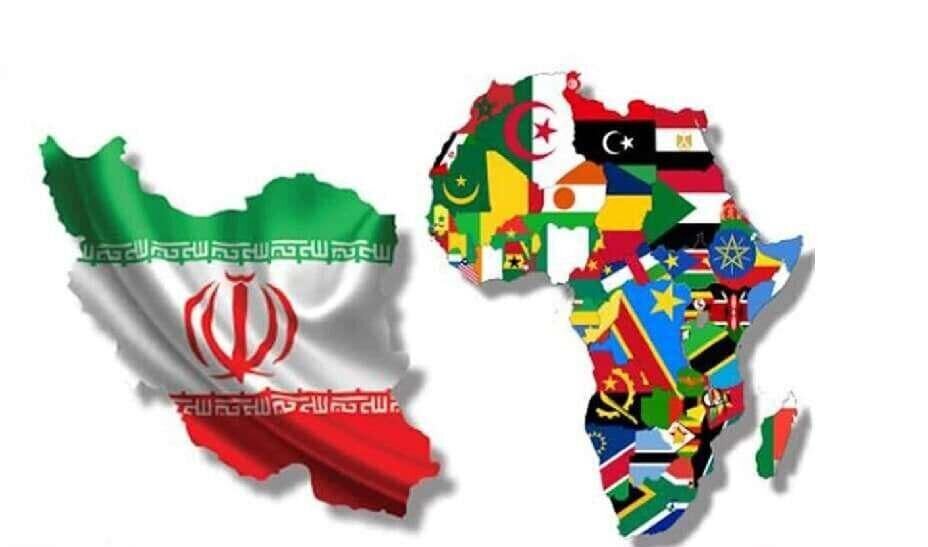
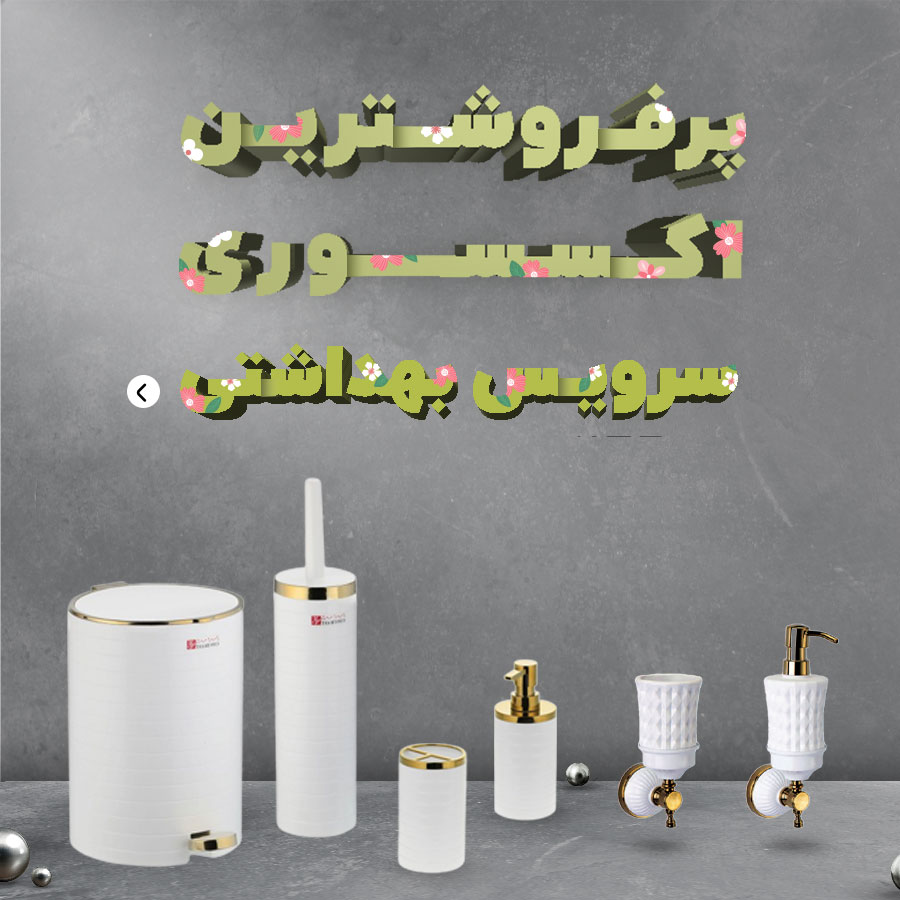

نظرات ۰